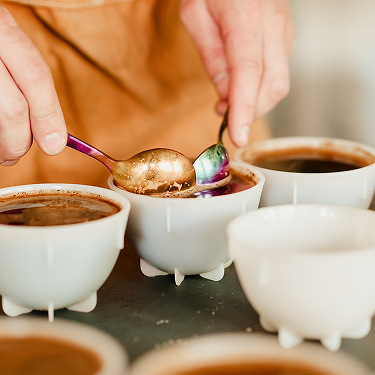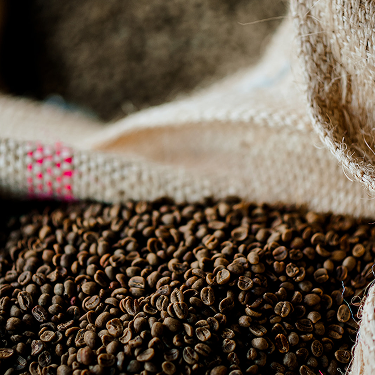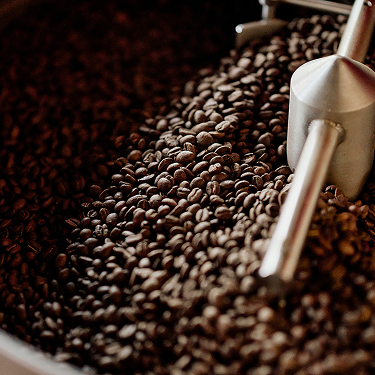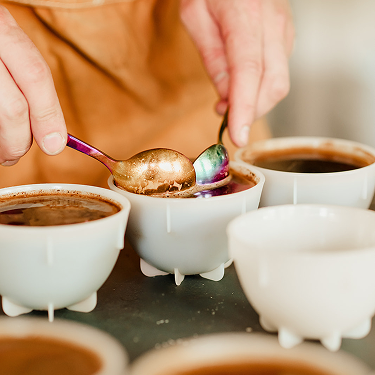
Brewing Methods and their Differences, Part 1
Coffee brewing has become serious business over the last thirty years. It seems like every year there are new and interesting brewing methods being invented and popularized by cafes or on Instagram. It can feel impossible to keep up, or know what all these fancy gadgets do. This article will clarify many of these brewing methods and devices, and explain how to thinking about the differences between them. Armed with that knowledge, you’ll be more capable of deciding for yourself what methods you’re interested in.
The primary way to categorize coffee brewing methods is into either immersion or percolation. Immersion is when coffee grounds are immersed fully in water. The French Press, or cafetière, is the most popular consumer method of immersion brewing. Professional coffee tasting, known as cupping (pictured above), is also an immersion brew. This style of brewing works by diffusion, which is the technical term (you may remember from biology or chemistry class) for when a solution of high concentration moves to an area of low concentration. For example, if you had a glass of very strong salt water, and combined it with unsalted water, the salt would diffuse from the water where it was highly concentrated into the low concentration of the unsalted water. This diffusion would persist until the entire solution achieved an even concentration.
In coffee it is the same. When brewing via immersion first the water must penetrate the coffee grounds. Each individual piece of ground coffee must become saturated with water. It’s interesting to note that if the particle is too large then water will not fully penetrate to the center of the particle unless stronger forces beyond immersion are applied (for example, stirring, pressure, other agitation). This means that you can grind too coarse for immersion brew methods, which goes against traditional wisdom.
Once the coffee particles are saturated with water, the solubles begin to dissolve, making a solution of high concentration. This diffuses to water outside of the coffee particles, which is a solution of low concentration. This diffusion will continue until the concentration throughout the slurry is homogeneous, or other forces are applied by the user. This means that by diffusion only, an immersion brew will reach a strength at which the brew will effectively stop on its own. Done properly, an immersion brew will not over-steep.
In part 2 we dive thoroughly into percolation











